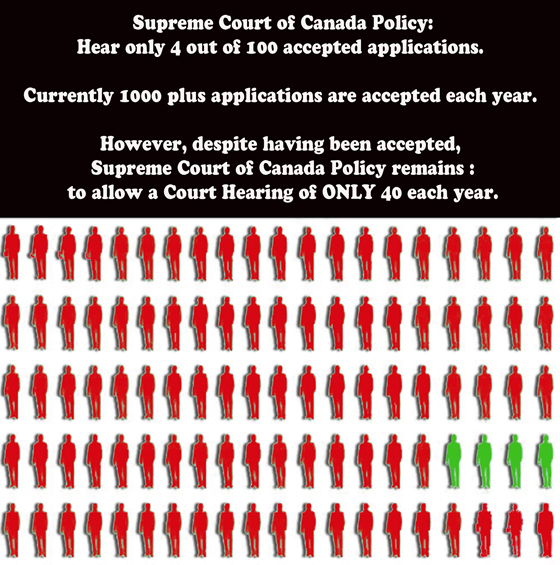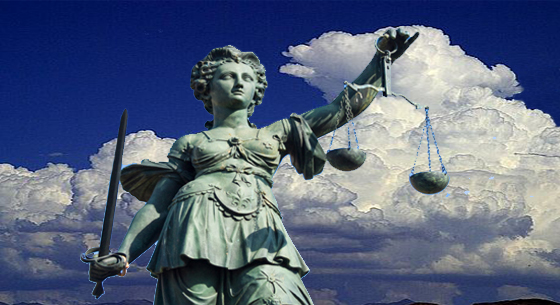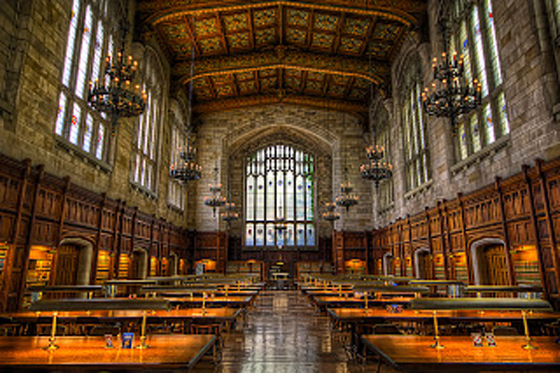When can I apply for leave to appeal?
Criminal cases
You may bring an: 'Application For Leave To Appeal' from a judgment of a Court of Appeal that either
- allowed an appeal by the Crown or
- dismissed your appeal from the judgment at trial.
The situations in which the Supreme Court of Canada has “jurisdiction” to grant 'Leave To Appeal' in a case involving an indictable offence can be found in section 691 of the Criminal Code. If your case concerns a summary conviction offence or if you wish to appeal a sentence, on the other hand, the Court's jurisdiction is set out in section 40 of the Supreme Court Act.
Civil cases
Under section 40 of the Supreme Court Act, you may bring an application for 'Leave To Appeal' from a final judgment of a court of appeal in a civil case.
If the judgment in your case was rendered by only one judge of the court of appeal, you should contact the Court Of Appeal, to ask whether anything remains at that time to be done, before you bring your case to the Supreme Court of Canada.
There are cases in which 'Leave To Appeal' can be sought from a judgment of a court lower, rather than a Court of Appeal, if no further appeal to the Court of Appeal is possible.
Are there cases in which I might appeal to the Court without first applying for Leave to Appeal?
Yes, but this is possible only in certain criminal cases. In an appeal relating to an indictable offence, you may appeal as of right (that is, without first applying for leave to appeal) if
- there is a “dissent” by one of the judges of the court of appeal on a question of law, or
- you were acquitted at trial but the court of appeal then changed the verdict to guilty.
In such a case, your notice of appeal must be filed and served within 30 days of the court of appeal's judgment, together with a copy of the court of appeal's reasons.
If you think you have an appeal as of right, you should contact a lawyer.
Is the judgment I am appealing still in effect after I file an application for leave to appeal?
In most cases, the judgment you are appealing remains in effect even after you have filed an application for leave to appeal. However, this is not always the case. Section 65.1 of the Supreme Court Act allows you to apply for a “stay” of the judgment until the application for leave to appeal is decided. An application for a stay must be made to the court of appeal. If you have any questions about this, you should speak to a lawyer.
Is there a form I can use for an application for leave?
Yes. We encourage you to use the application for leave to appeal sample book (and the reply sample book for your reply). You may either write or type on the designated lines. If you write the information by hand, please write clearly and legibly. You do not have to use the Forms from the Rules if you use the application for leave to appeal sample book.
OR



























No comments:
Post a Comment